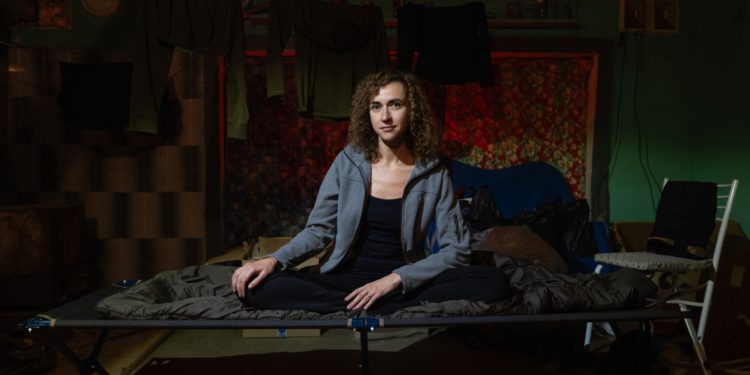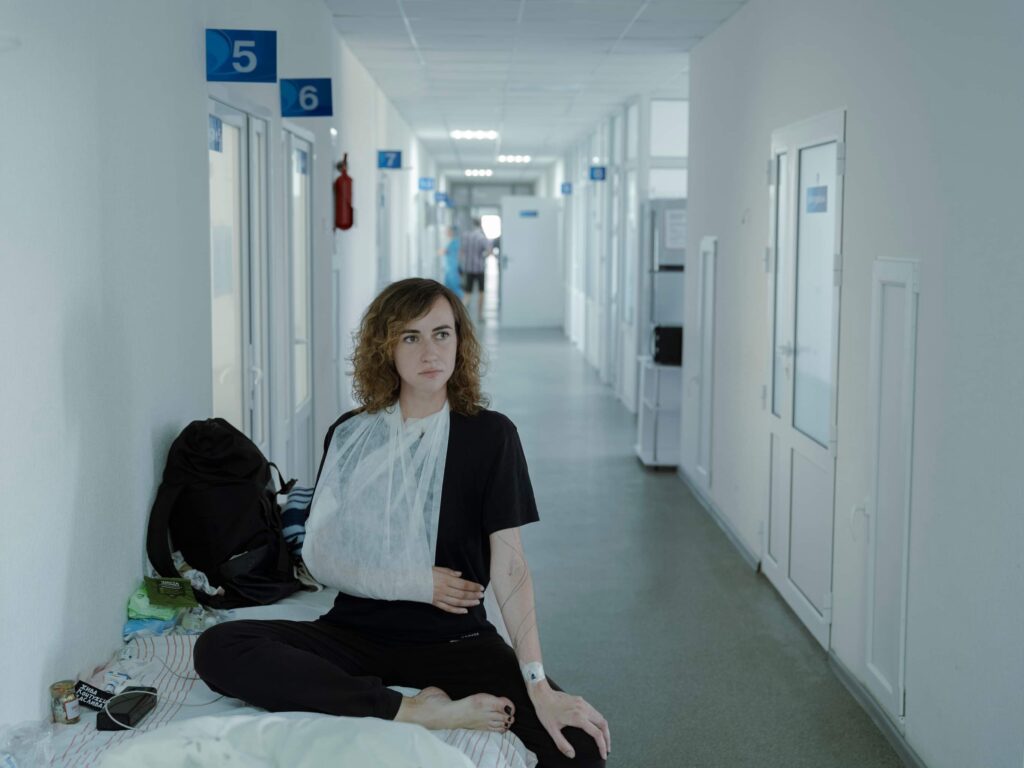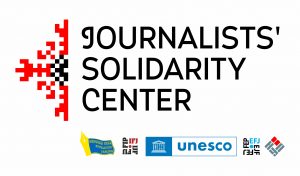We lived in Pivnichna Saltivka district in Kharkiv, which was at the epicenter of the conflict when the full-scale invasion began. At 5 a.m., I grabbed my child while still in pajamas, and we left immediately. The first rocket—or bomb, I couldn’t tell at the time—hit our neighboring yard. We had no choice but to flee.
No one was prepared for this. Even in our editorial office, we hadn’t anticipated what lay ahead. People fled the western part of the country, heading to places like the Lviv region. That’s where I ended up. In Lviv my work saved me from sinking into a deep depression. By chance, I met military personnel training at a local base and began collaborating with them. I recorded what was needed for their units, which gave me focus and purpose. Over time, I transitioned from filming training exercises to documenting combat work at the front. Much of my work now involves administrative tasks—managing grants, generating projects, and coordinating with international organizations. This work ensures the world knows about the war in Ukraine, and we convey that message through our photographers. Still, as a creative person, I feel a strong pull to be at the heart of events. I periodically feel compelled to see and record what’s happening firsthand.

For me, the Toretsk-Pokrovsk direction holds personal significance. I worked there several times before and last visited in the spring of 2024. Toretsk became a personal story for me, with extensive interactions and interviews with civilians. During this time, tensions in the region escalated, and we focused on documenting the military’s work and the unfolding situation. While filming, the shelling of our positions began. I believe the enemy saw us moving with drones and targeted us. We sought refuge in a dugout with soldiers, packed tightly together. One of the final shells hit directly above the dugout, sending debris flying. Unfortunately, I was seated near an extractor pipe, which directed the force of the blast toward me. My protective gear saved me, but my bulletproof vest was left riddled with shrapnel. Three fragments struck me.
After my injury, I traveled west to a prisoner-of-war camp with my colleague on a business trip. I tried to resume working with my camera, but it was physically and emotionally overwhelming. My left hand lacked the strength to hold the heavy camera, and I couldn’t set up shots properly. It felt like work “just for the sake of it,” and I realized I wasn’t ready. I’ve since accepted that my functionality has changed, and my work may need to shift. While filming at the front may no longer be an immediate option, there are other essential stories to tell—topics that lie beneath the surface but are equally significant.

This realization came alongside tremendous support from my colleagues and the broader community. Their encouragement has been incredible and deeply motivating. Without their help, I don’t think I could have navigated the challenges I’ve faced. What inspires me now is the awareness that we are shaping history. We’re witnessing and documenting the creation of something entirely new, and it’s impossible not to feel a sense of duty to record it. The role of journalists during wartime, as well as in peace, is crucial. We document reality, tell stories that others cannot, raise painful issues, conduct investigations, and counteract propaganda and disinformation. The importance of our work cannot be overstated. That’s why I often say that anyone capable of holding a camera today has an obligation to document this reality. It’s more than a job—it’s a responsibility to ensure the truth is preserved for the future.
Created as part of the project “Raising awareness among target groups in Ukraine and abroad about Russian war crimes against journalists in 2024 and increasing public pressure for the release of captured journalists”, which is implemented by the National Union of Journalists of Ukraine with support of the Swedish non-profit human rights organization Civil Rights Defenders.

 THE NATIONAL UNION OF
JOURNALISTS OF UKRAINE
THE NATIONAL UNION OF
JOURNALISTS OF UKRAINE



























Discussion about this post